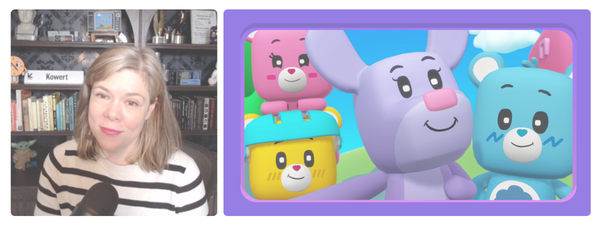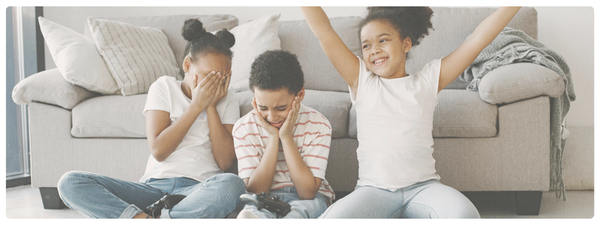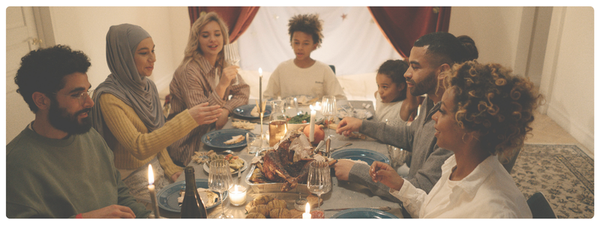Spooky Season is here! Some kids enjoy a fun, little scare — but should they be allowed to play scary video games?
Fear is a necessary feeling. It helps us learn to avoid dangerous situations. But excessive fear can cause distress. You just need to keep an eye on your kids and see how they’re reacting.
For those who don’t like to be frightened or are prone to nightmares, maybe just skip the scary games for now. If your kids are interested and ready, spooky games could become a new family tradition.
Why Kids are Drawn to “Fun Fear”
Some kids like a thrill. Research shows that almost all kids find at least a little bit of fun in appropriately fear-themed situations. It can stem from a trait called sensation seeking, a desire for excitement. Especially around Halloween, fear can become a bit more approachable.
Fear and curiosity are also closely linked. The desire to seek out fun-yet-fearful experiences might be exploring a new curiosity, an adventurous and brave side of your kid’s personality they want to test, exercise, and understand. As we all know, there’s nothing a kid wants more than to be older. Sometimes curiosity about scary things is really curiosity about adulthood or the unknown. It can also be a fulfilling personal achievement to approach and conquer a fearful situation.
Scary experiences also put our kids’ emotional regulation in a unique situation. Kids learn that fear rises, peaks, and passes. They also explore the physical sensations of fear: goosebumps, tension, sweating, alertness, and others.
For some, this could mean wanting to explore a haunted house, seeking a little thrill with the underlying confidence that you’re still safe. Getting through it successfully can make us all feel adventurous, and for our kids, it might even make them feel more confident and grown-up, tackling something the big kids are doing. It gives us all a safe way to have a new experience that’s a little scary but low-risk.
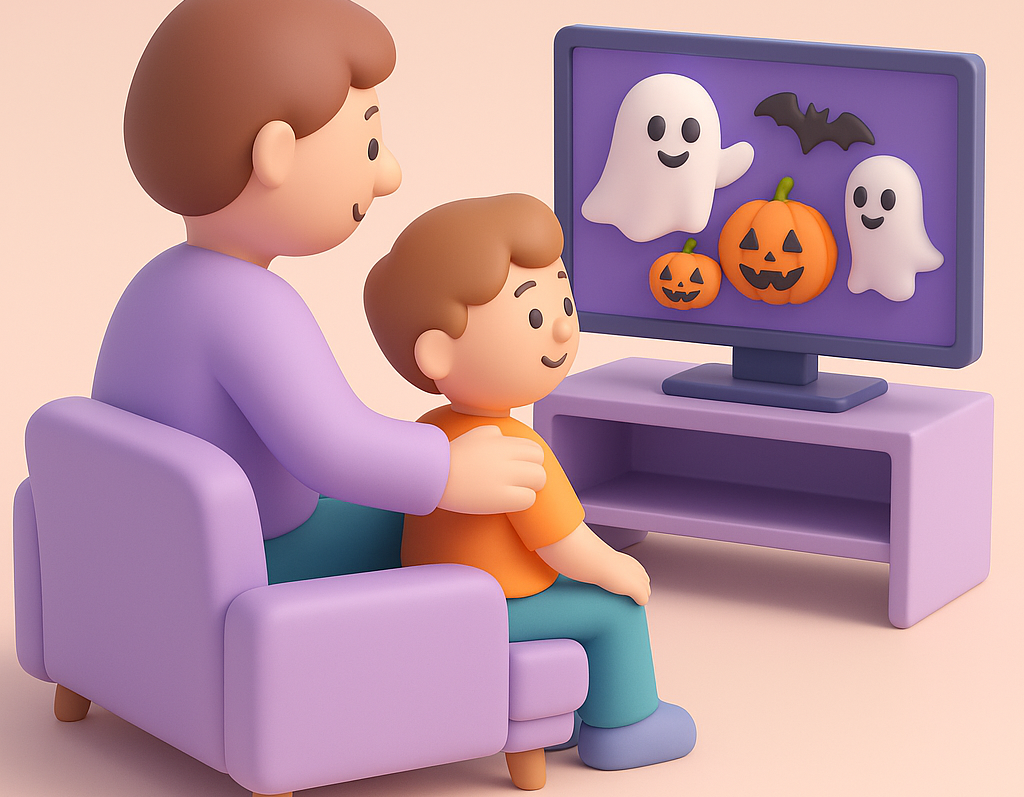
When families enjoy the novelty of feeling scared together, there’s a bonding opportunity. You “survived” the experience together, laughed at one another’s reactions, and stocked some creepy core memories.
…just don’t tell that to my kids because you’ll never catch me in a haunted house. For me, scary is only fun when it is clearly fake.
When Fear Becomes Too Much
If kids outright tell you, “I don’t like this” or “This is going to give me a nightmare,” don’t make them tell you twice. Young kids can be exceptionally, sometimes surprisingly, self-aware, especially when it comes to what makes them scared or uncomfortable. With such an important responsibility to hold their trust and mental/emotional safety, we don’t want to push something on them just for the sake of Spooky Season.
Here are some things to look out for:
- Nightmares or sleep disturbances
- Emotional agitation
- Avoidance of similar scenarios or media
- Tears, of course
By the time you notice scary media is harmful, the impact of the experience is already set in. There’s no going back. While you can help explain, soothe, and assuage fears and reactions, the visuals and the way it made them feel will likely stick around in their mind.
You’re going to need to tailor your approach to your own kids’ temperament. If they’re thrill-seekers who light up at the sight of a Spirit costume and decoration store, you might be in the right lane. If they’re easily frightened or just averse to this kind of material, don’t push it.
At this age, imagination is vivid, and even harmless scenarios can feel intense or real. What might seem harmless to a sibling can leave a four-year-old much more shaken. It’s an emotional experience that requires parental guidance.
For example, if you have young ones at home, you probably should not start with Five Nights at Freddy’s — start with something gentle and work your way up. My kids got really upset when a boulder was chasing the Paw Patrol crew. They weren’t ready for that kind of stimulation, that kind of non-spooky, more existential kind of fear. For them, some old Scooby Doo episodes were a better place to start. I could gauge their reactions and interest, then dig deeper into the gaming world for some jump scares and tense scenarios.
It is also important to remember that when it comes to scary content, we shouldn’t rely on age ratings alone, either. While plenty of age-appropriate video games incorporate some level of suspense, spookiness, or jump scares, what’s comfortable for one kid might be too disturbing for another. Even simple visuals, pacing, tone, and animations can trigger a negative reaction — not the fun kind of fear.
The Developmental Upside of Spooky Screen Play
The rise, peak, and fall of those fear-related feelings can be exciting and beneficial in the right environment and with the calm, steady arm of a grown-up to tug on when things get too scary.
Let kids lead. They will naturally guide themselves toward — or guard themselves against — games with scary themes. If your kid wants to do this, you can help support them: sit with them, make sure it’s gradual, and offer coping tools like deep breathing or turning the lights on.
With attentive parental guidance, spooky games can help kids:
- Practice bravery in small doses.
- Build confidence after confronting something “scary” and realizing they’re OK.
- Learn emotional language (“That part was scary!” “I felt nervous!”).
- Strengthen problem-solving and coping skills through playful tension.
These moments can nurture resilience, showing that fear doesn’t have to equal danger. Co-play and scaffolding build the bridge between that fear and resilience.
Choosing the Right Kind of “Spooky”
From our grown-up perspective, appropriately spooky video games will seem light and silly. Playfully scary. No jump scares here, just spooky-themed content that introduces scary-story concepts without leaning too far into fear.
Luigi’s Mansion is a great example. Originally debuting in 2001 — remember Gamecube!? — it has spawned multiple iterations, all beloved for their silly, Ghostbusters-esque adventures. Kids can explore spooky characters and environments, help Luigi overcome challenges, and enjoy the fun side of horror-inspired content.
As with any game, it’s up to us as parents and caregivers to determine if it's age-appropriate for each unique child. Resources like Common Sense Media and ESRB ratings — stick to E for Everyone rated — can help you get your bearings. But the most crucial part is to explore the game yourself. Yes, that can mean playing through a kids’ game on your own time!
However, when you don’t have time to explore the game, look for playthroughs on YouTube or reviews that give insight into game content and level of spookiness. Especially when it comes to slightly scary games, do not just download it and hand it over. Until you can vet the game properly, it’s best to hold off.
Co-play is also a great tactic in this situation. Sitting down with your kids to play a scary game with them will not only expose you to the content from their perspective but also give you a chance to turn it off if things take a dark turn. You’ll also be able to work through scare-induced emotions promptly, helping them understand that they are in control of their experience. If it isn’t feeling good, go ahead and take a break.
Helping Kids Understand Fear During and After Play
Unlike a friendly vampire trying to check his complexion, kids and parents have the wonderful ability to reflect. Jokes aside, a post-game debrief is a smart way to understand what they see, hear, and feel.
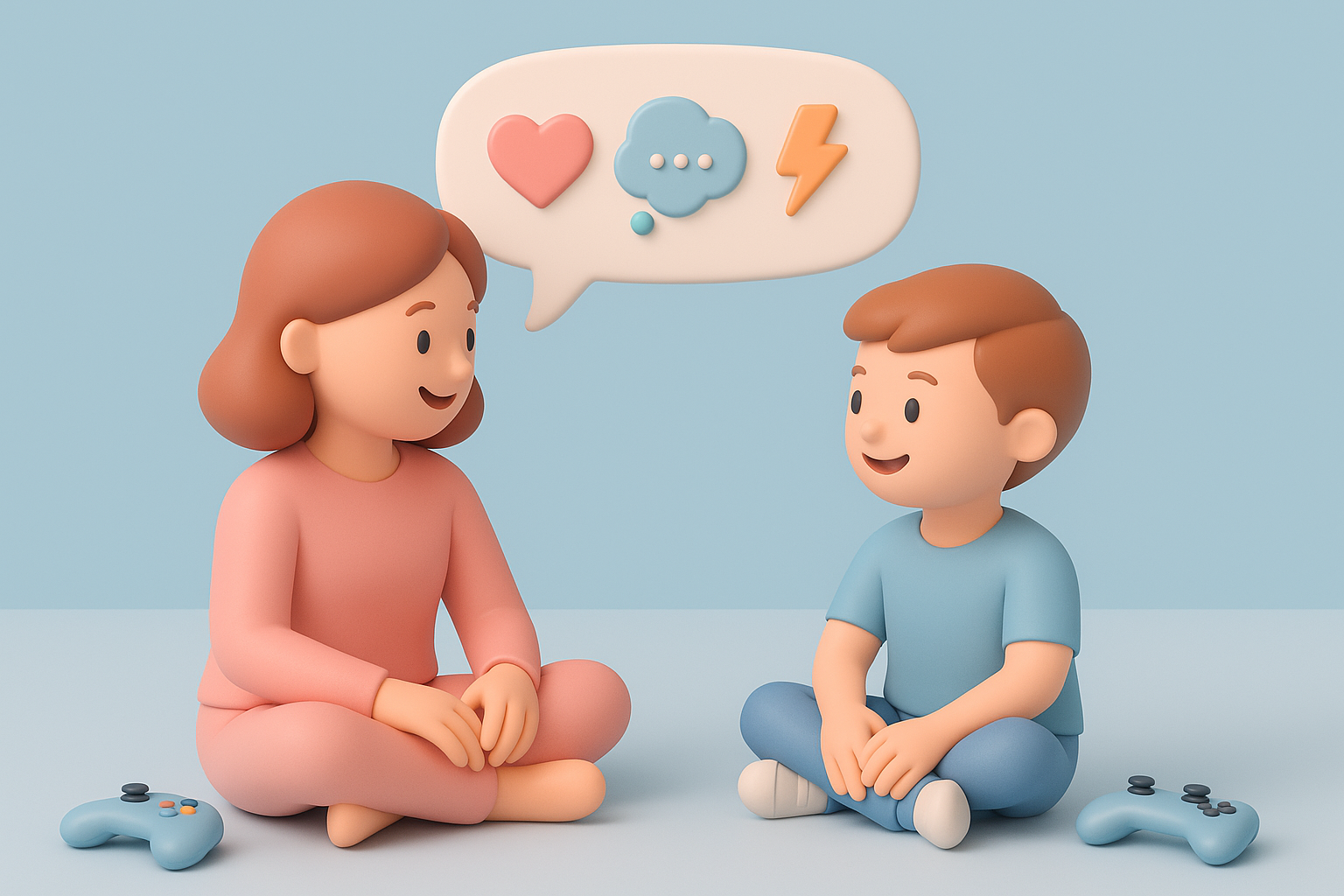
During these discussions, it’s helpful to connect and empathize, not minimize. Avoiding a response like, “Oh, that wasn’t so scary,” and instead opting for a more connection-building approach, “Hey, you’re right, my heart was racing, too,” taps into shared emotions and validates their unique reactions.
You can get the conversation going by asking:
- Was that scary?
- What part was scary — the way it looked, sounded, or acted?
- How did that scary part make you feel — how did your body react?
You can extend the conversation through co-regulation, sharing your own physical and emotional feelings. This might also help them find the right words to explain their perspective.
They could replay scenes, draw their favorite monster, or even explain what would make the game more or less scary. All of this helps them understand the small dose of fun-fear, name their feelings, and mentally position scary games as just another form of entertainment and engagement.
Conversation, reassurance, and reflection are the goals. Understanding how these choices and evaluations of spooky games impact them, so you can adjust selections moving forward, helps evolve your own understanding of your kids’ appetite and appreciation for fear-themed play.
Balancing Fear, Fun, and Development
What’s the takeaway here? Fear itself isn’t bad when it’s aligned with our Three Cs:
- Content
- Context
- Communication
Just because a sibling or friend can jump into a T (Teen) or M (Mature) game doesn’t make it appropriate for young kids. Approach scary games with the right amount of caution, and they can be a seasonally inspired adventure, not a nightmare-inspiring story.
When we treat fear as something fun to explore, not something to avoid, it can be a positive part of emotional development. Lightly spooky play can build confidence, curiosity, and courage when scaffolded with safety, empathy, and conversation.
Within your informed boundaries, let kids guide you and be there to support them in whichever ways they need it. Treat it like learning to swim — another activity that’s sometimes an exercise in overcoming fear. Start at the shallow end of the spooky spectrum and play there until you’re both comfortable to go deeper.


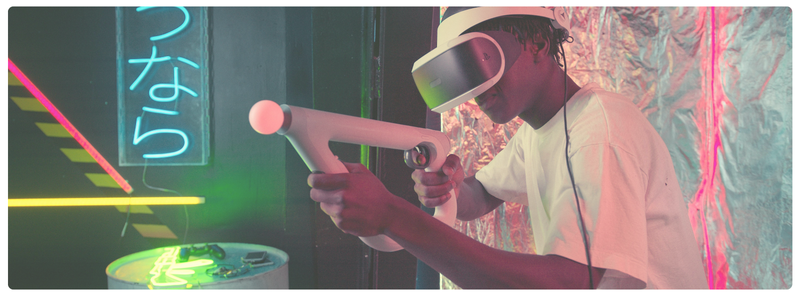


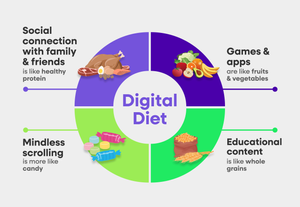
 Copy Link
Copy Link
 Share
to X
Share
to X
 Share
to Facebook
Share
to Facebook
 Share
to LinkedIn
Share
to LinkedIn
 Share
on Email
Share
on Email
